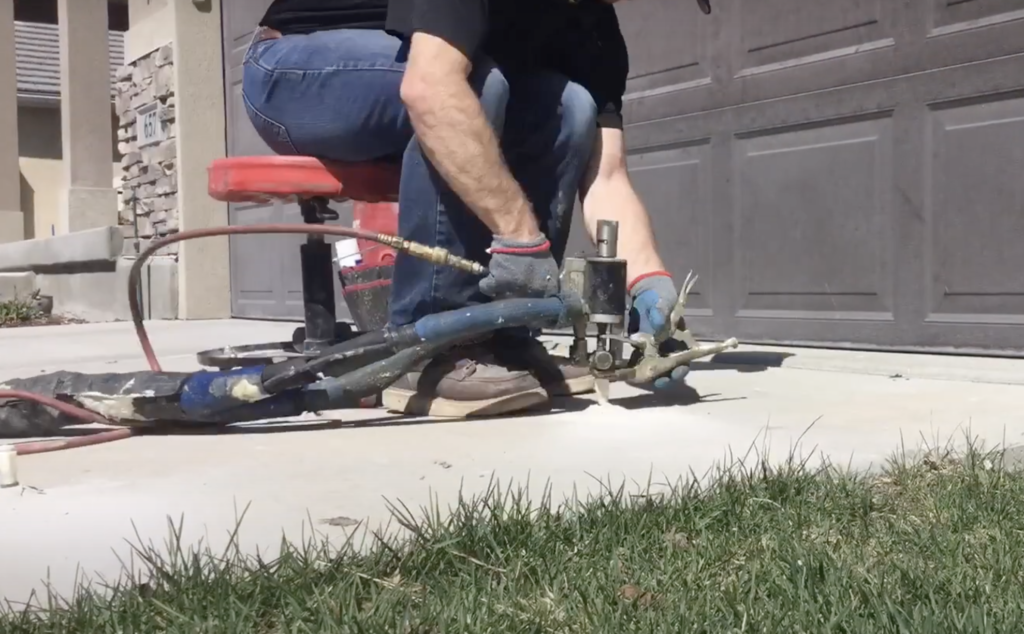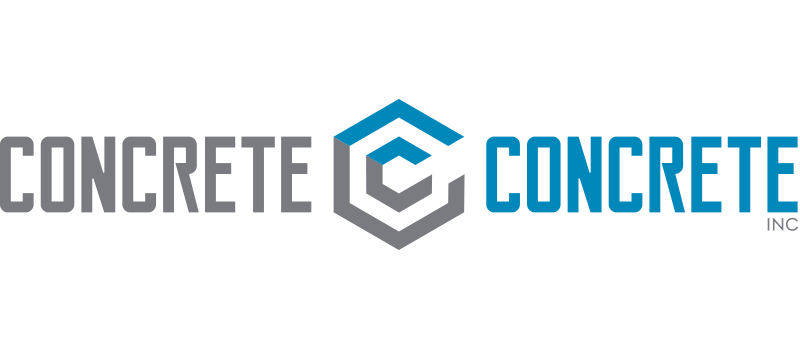How Polyurethane for Concrete Lifting Works

How does geotechnical polyurethane work?
Once injected, the polyurethane is initially in a liquid form that finds the path of least resistance, filling annular voids and saturating loosely compacted soils. The polyurethane then begins to expand and densify, compacting the adjacent soils and sealing joints against inflow and infiltration.
What is the footprint of a typical project?
The footprint of a project is relatively small and self-contained, allowing crews to operate in remote locations or areas with minimal accessibility available. The equipment required consists of a box truck or trailer, a 2-3 man crew (larger based on more substantial projects), and accessibility within 250 ft of the injection location.
What hole size is required for the injection locations?
The polyurethane is injected through 1/2″ metal rods, which are inserted through 5/8″ holes (less than the diameter of a penny.) The holes can be made through the structure, such as a foundation slab, roadway, or lateral line pipe, or can be made through adjacent soil depending on the proximity to the treatment location.
What are the environmental impacts of structural polyurethane?
TerraThane’s rigid structural polyurethanes are inherently environmentally inert. They do not leech chemicals into the environment or adjacent water bodies or groundwater supplies. If the injection areas are near environmentally sensitive environments, TerraThane offers the highest availability of NSF/ANSI 61 safe drinking water compliant polyurethane products in the industry.
How do polyurethanes function in wet conditions
We offer a wide range of polyurethanes that operate optimally in a variety of soil conditions, from dry arid climates, high altitude locations, and in wet and saturated conditions. The majority of our polyurethanes are hydro-insensitive, meaning they do not absorb water but push water from the injection area. This makes the polymers ideal for stabilizing soils or void filling in areas that have a heavy water presence, as the polyurethanes will displace the water from the structure.

